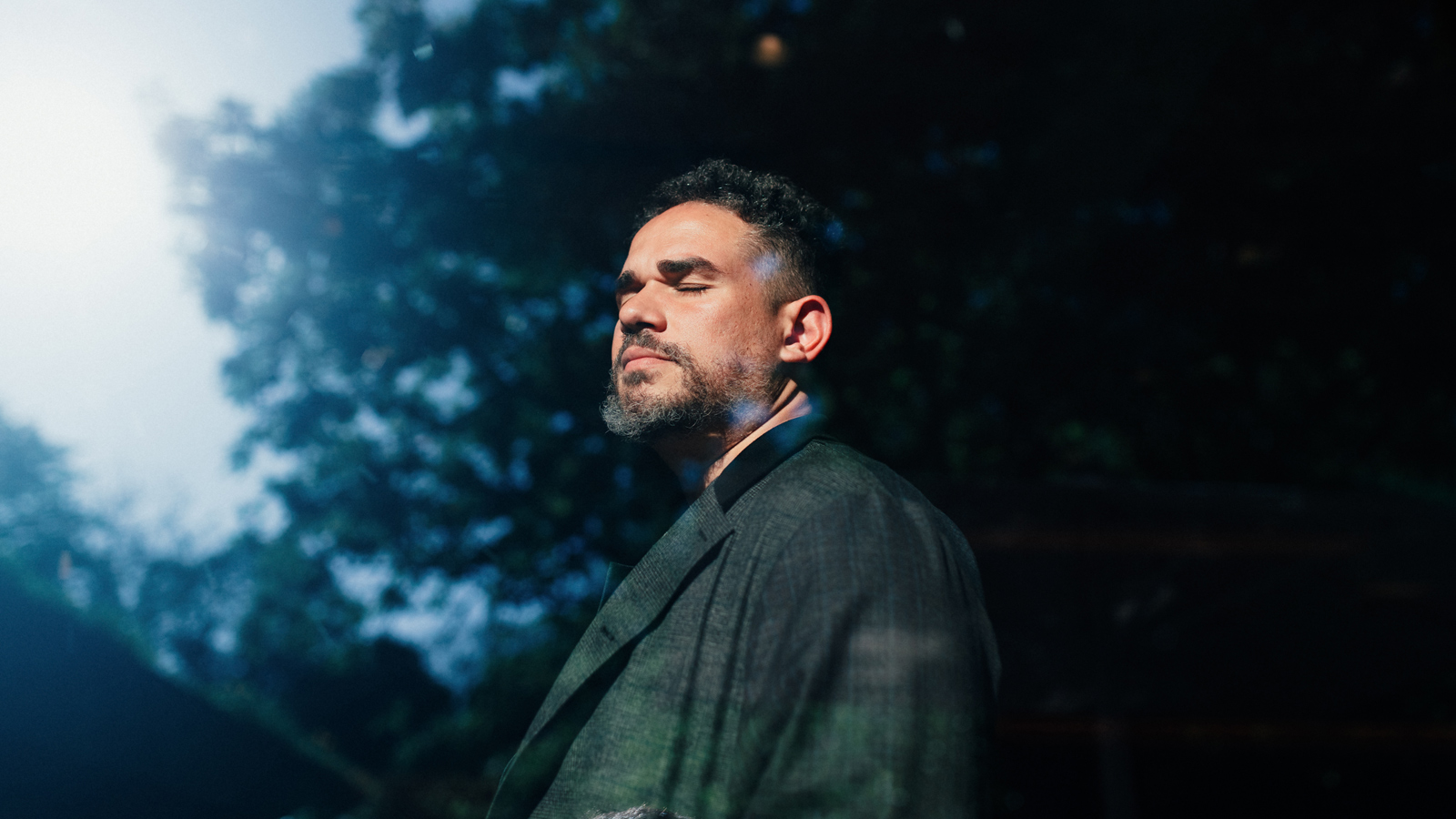Raphael Fonseca: ‘Before changing anything, you need to look at yourself in the mirror.’
What are the biggest challenges and greatest opportunities for art curators nowadays?
The answer to this question depends largely on which part of the world we are talking about. I find it hard to give a comprehensive or universal response, because the challenges and opportunities vary from country to country, city to city, person to person, and according to family history and so on. I feel that one of our main challenges is that we live in a world saturated with images – mobiles, smartphones, photos, videos, YouTube, etc.
A good challenge for a curator interested in putting on exhibitions is to think about how to create and organise something that still captures the audience’s interest. I think that might be the main challenge – how to make something that makes sense for the audience, whether or not they are specialised.
On the other hand, in terms of opportunities, the fact that we now live in this world flooded with images offers the potential to create with much more immediacy, by which I mean that it seems easier to research artists nowadays, it seems easier to contact people and it seems more viable to create short-lived projects using the internet.
To a degree, that virtual connection creates greater potential for grants, for travel, to be able to apply for things, and so I think they are two sides of the same coin. One side is how to make something that is relevant to people, that appeals to the audience despite that excess, but also finding a way to take advantage of it to create projects, which is an unprecedented aspect of all this.
What are the greatest obstacles to change in cultural institutions?
I think one of the main obstacles to change is that, before changing anything, you need to look at yourself in the mirror. I think that the institution, like any human being, needs to look at itself and do a bit of self-analysis and, following that, work out what it is that it wants to change, what it doesn’t want to change, what it can change and also what it is unable to change.
It is difficult, but not impossible, to ask for very radical changes in an organisation that has been in operation for 30, 40 or 50 years. And, even if it does make sense to push for them, these changes aren’t going to happen in one or two years. What often happens in this process is a desire for express decolonisation, which has to be drip-fed and carried out over longer cycles, instead of hoping to change an entire institution and revise a history that is colonial, elitist, privileged, within two or three years. We must understand that change, and that phase of looking in the mirror, takes place on a daily basis, and is not driven by external pressure, by pressure from social media or the stimulus of a movement. This is the kind of change that happens as though it were a board game: to move forward to any square you have to be very attentive to the rules of the game.
This desire for high-speed change is a significant obstacle and, for change to happen, the people in management positions need to go through that same mirror phase. I think the two things go hand in hand.
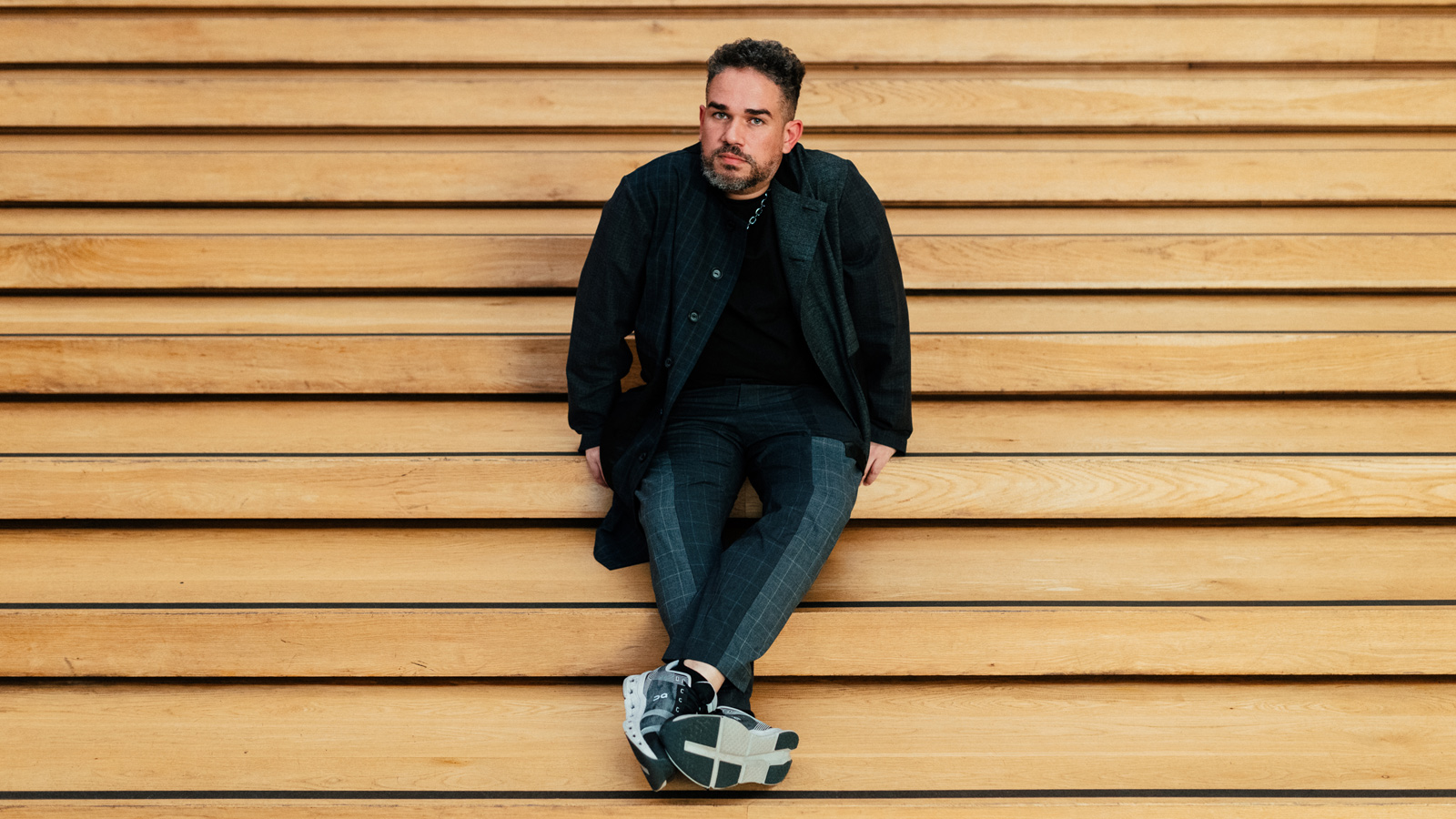
How can countries like Portugal start the process of decolonisation and reflection on their colonial legacies?
I don’t know, because I don’t live here. I’m married to a Portuguese man, I travel here frequently, I’ve worked on projects here, I’m even going to do a project next year, but I find it difficult to answer that question objectively.
Taking a look at the country’s colonial history, going back to that mirror phase, would be a start. Understanding the narratives of a certain national art history, acknowledging the people who never had space or access, is also very important. We also need to think about how to revise that colonial past, not just on its own, but in dialogue with other mirrors, reflecting places that were once Portuguese colonies, that’s very important too. I think it’s a matter of trying to speak less and listen more.
I also think it’s important to do this within a transhistorical perspective, in the field of curatorship and the visual arts. It would be great if Portugal devised curating and artistic projects that didn’t just look at contemporary, living voices, but that also valued artists, objects, material culture and documents that emerged over those more than 500 years, dating from the first invasions.
It’s lovely to think about collections like the Museu do Oriente, the Museu Nacional de Arte Antiga and the Calouste Gulbenkian Foundation, which have objects that help tell the story of colonisation, which people often regard as trophies of war and which, within that exhibition context, could be combined with a denser, more complex narrative of that vast Lusitanian empire that stretched from Japan to Brazil, taking in many other places along the way. The day when, in curating and intellectual projects, we are also able to bring together diverse periods in an exhibition project, that’s an achievement for both the public and for the notion of the ‘Portuguese nation’, in so far as it is able to see the wounds of its history more clearly and to plan other futures.
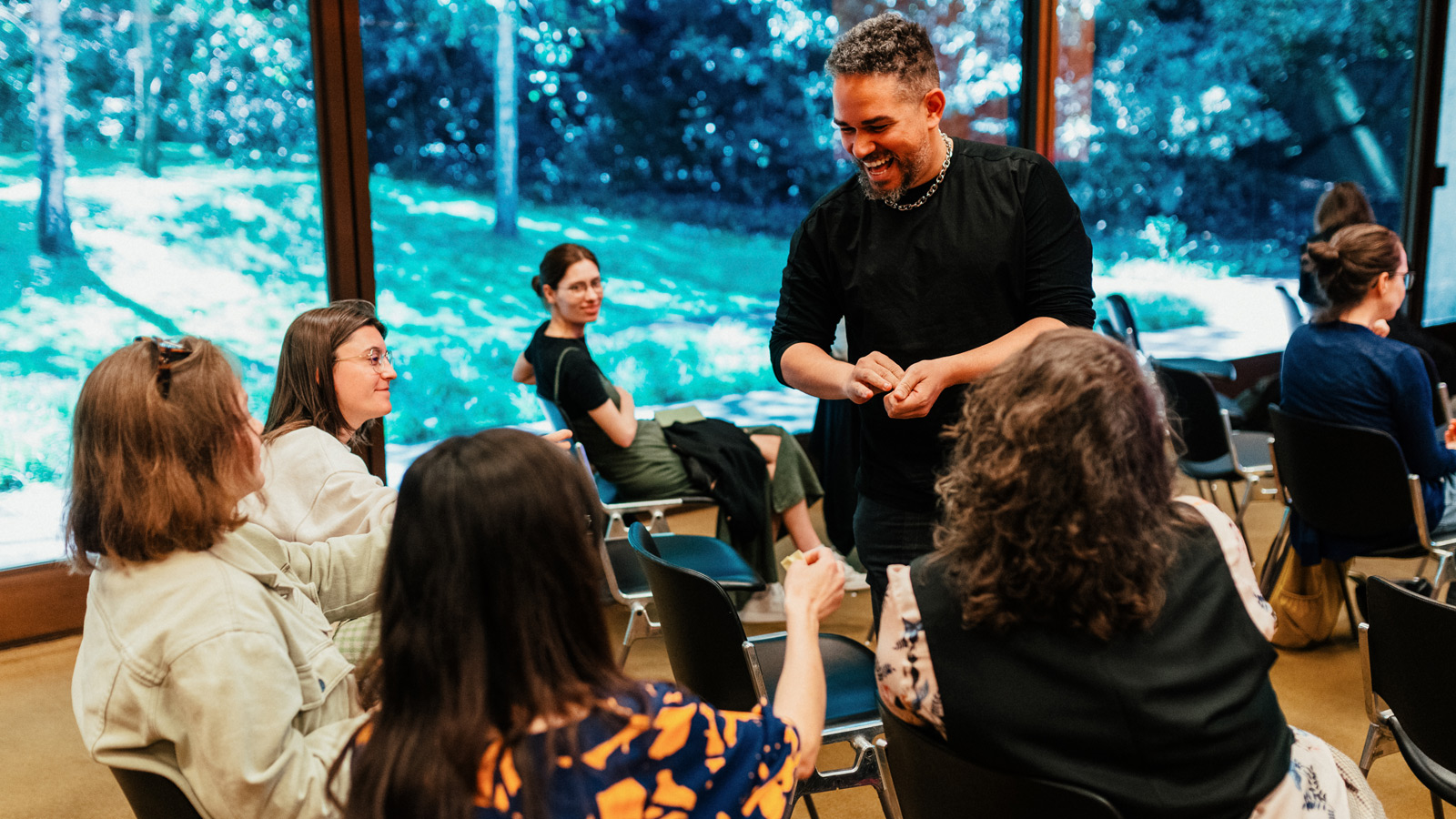
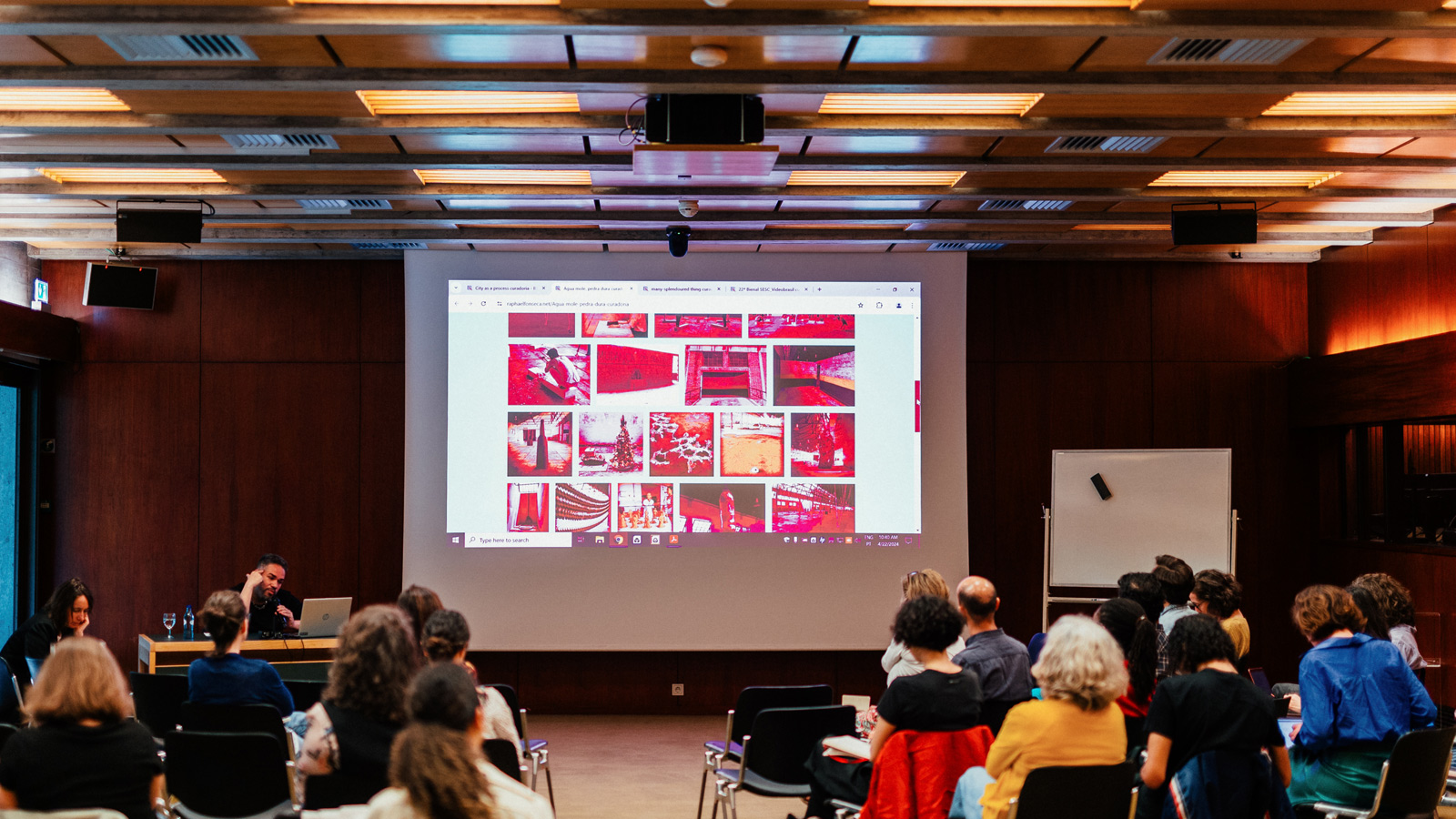

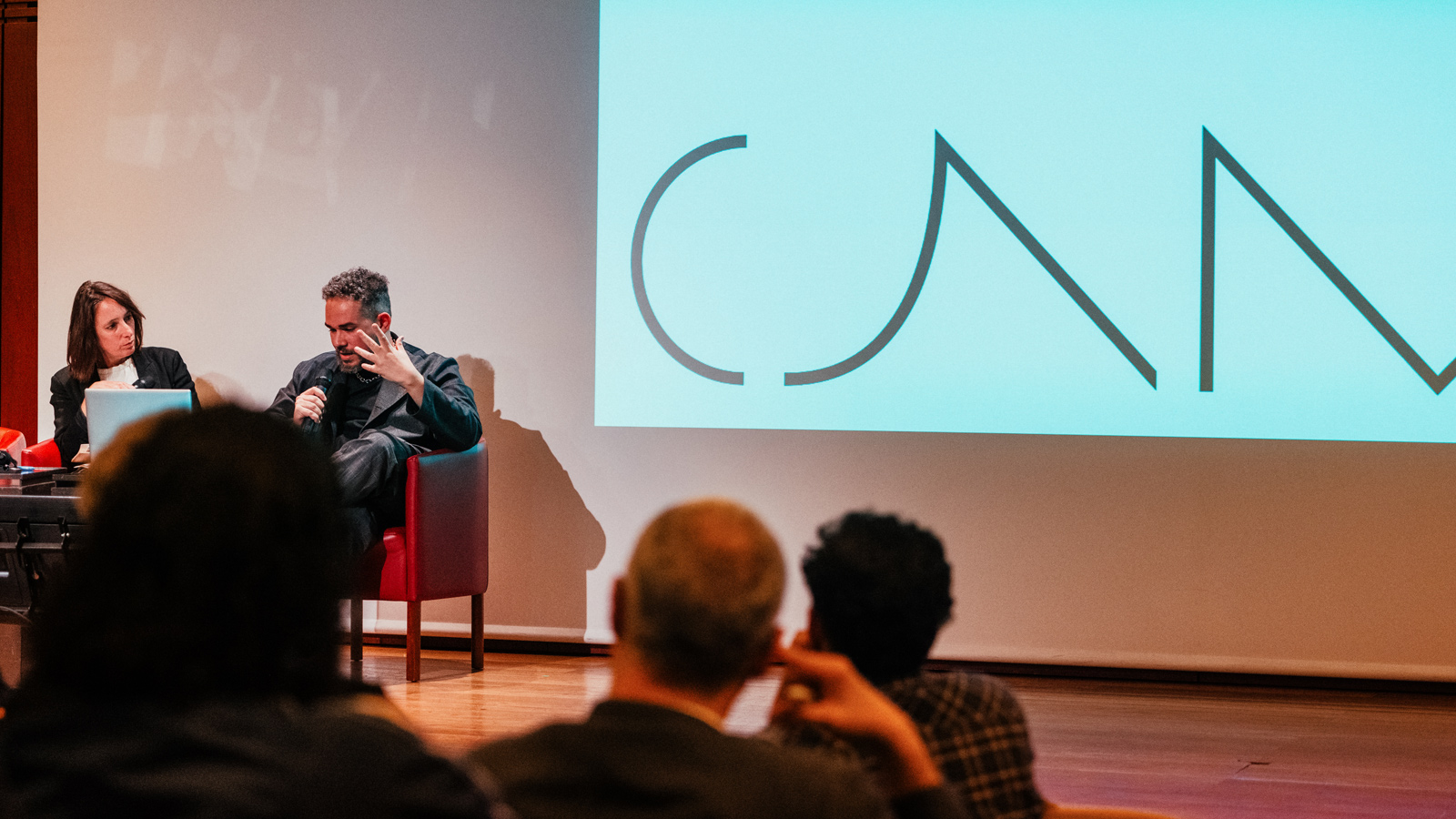
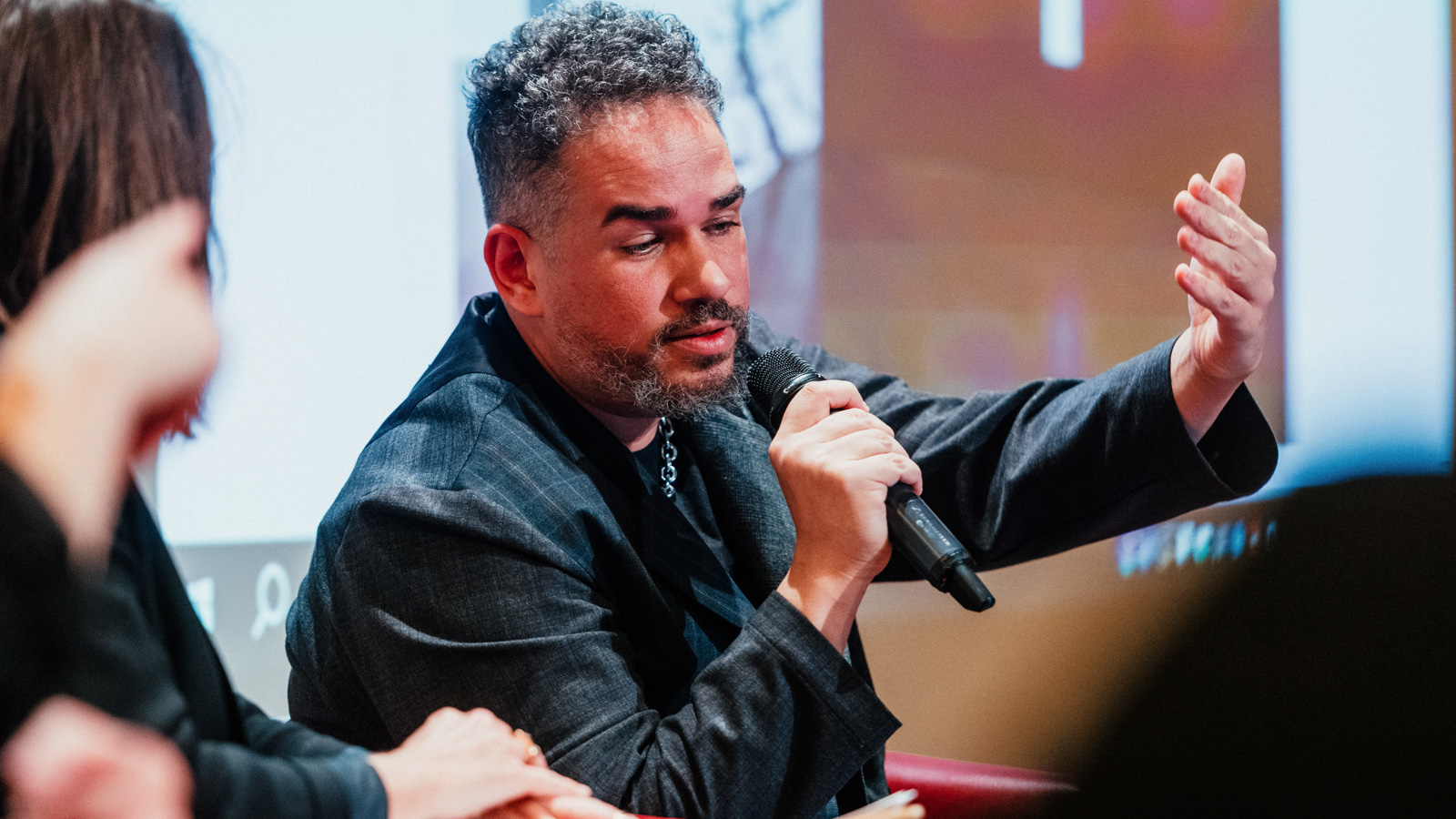
What is your first memory of visiting the Calouste Gulbenkian Foundation?
My first memory is interesting. In late 2009, I was working on a master’s on Francisco de Holanda, and I managed to scrape together the money for my first trip to Europe. I left Brazil in November and embarked on a tour that started in Portugal, continuing to Spain and France, until I finally reached Amsterdam. And I came here one day, right at the start, to visit the collection and, for me, working with the Renaissance at the time, it was really significant and I spent several days – one day here, another at the Museu Nacional de Arte Antiga – and I recall loving the collection and, more than that, loving the presence of wood in all the spaces, including the exhibition rooms. At the time, I had no desire to be a curator at all.
It is a beautiful building, with lots of challenges for whoever plans a project, and I think it’s an incredible collection. It was lovely to see this and learn from it; and not just the collection, I was also very impressed by the garden, the ducks, the water and trees. It’s a very inviting environment, the silence of being here… It’s really a great example of integration between a space and a landscaping idea.
